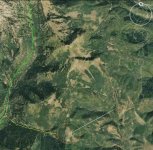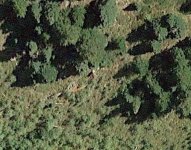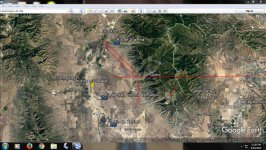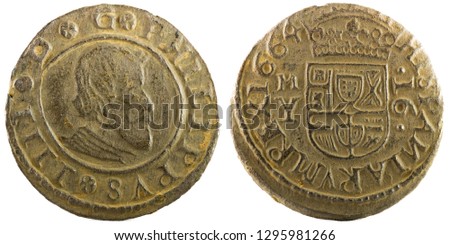- Feb 2, 2013
- 1,426
- 1,991
- Detector(s) used
- Many
- Primary Interest:
- All Treasure Hunting
And what are the actual names of Timpagos river and Santa Ana river?
Hello markmar,
At the time of 1814, I was able to locate two Santa Anna Rivers. One near "The Alamo", Tx. And One in Utah now called the Green River. In those days they use to call and get mixed up the rivers in these areas. I have many maps which show Santa Anna rivers a plenty.
As for Timpagos, that is the river around Mount Timpanogos, often referred to as Timp, is the second highest mountain in Utah's Wasatch Range. Timpanogos rises to an elevation of 11,752 ft (3,582 m) above sea level in the Uinta-Wasatch-Cache National Forest.
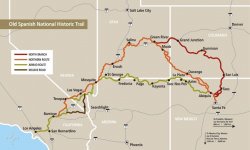

Last edited:




